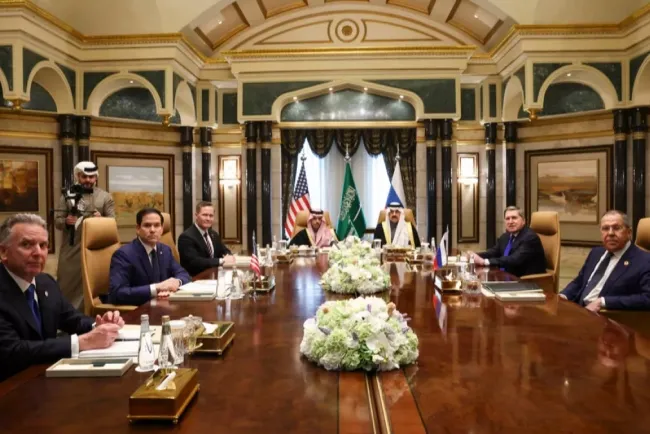Shifting Trade Alliances: China's Rising Influence Amid U.S. Protectionism
As President Trump intensifies protectionist trade policies, the global trade landscape is undergoing a significant transformation. With rising tariffs on Chinese imports, nations are reevaluating their economic strategies, and China is quickly repositioning itself to capitalize on these changes.
U.S. Tariffs and Global Repercussions
Recently, President Trump announced a new wave of tariffs, including a substantial increase on Chinese goods, which has provoked a strong backlash from Beijing. This move has not only strained U.S.-China relations but also had immediate repercussions on U.S. ports, with imports at the Port of Los Angeles plummeting by 36% over a two-week period. As the U.S. focuses on protectionism, countries are scrambling to adjust their trade strategies accordingly.
In an interesting turn of events, the Swiss president visited Washington, proposing a 31% tariff on Swiss goods, while the Swiss foreign minister sought to deepen economic ties with China in Beijing. This dual approach underscores how countries are navigating the evolving trade dynamics.
China Expands Its Trade Network
In response to the U.S. tariffs, China is actively working to strengthen its global trade network. President Xi Jinping’s recent diplomatic missions to Vietnam, Malaysia, and Cambodia have resulted in new agreements focused on industrial and supply chain cooperation. Despite U.S. tariffs reaching as high as 49% on certain imports from these nations, China continues to expand its influence, solidifying its position as a key trading partner.
China's total trade reached a record $6 trillion in 2024, surpassing the U.S.'s $5.4 trillion and highlighting its status as the world's largest exporter. The contrast is stark, particularly with the U.S. grappling with a record trade deficit of $1.2 trillion. Notably, China remains the largest trading partner for many countries across Asia, Europe, and Africa.
Changing Global Sentiment
The international perception of China is also shifting. According to a recent Ipsos poll, more people globally now view China as having a more positive impact on the world than the United States for the first time. This sentiment is pivotal as China seeks to promote a narrative of stability and multilateralism, signaling its readiness to revive trade talks with Europe and strengthen partnerships across the Global South.
As Beijing prepares for potential trade decoupling from the U.S., officials are warning of severe consequences, including possible restrictions on rare earth supplies critical for U.S. defense contractors. China's leadership has expressed confidence in its ability to navigate these challenges, indicating readiness for a long-term economic strategy.
Conclusion
Amid rising U.S. protectionism, the global trade landscape is witnessing a significant realignment. As China consolidates its position through strategic partnerships and trade agreements, the implications for the U.S. and its allies are profound. The evolving dynamics underscore the need for countries to adapt swiftly to these changes, as the balance of global economic power continues to shift.
Stay tuned for further developments as this story unfolds and the impacts of these trade policies resonate worldwide.
What's Your Reaction?















